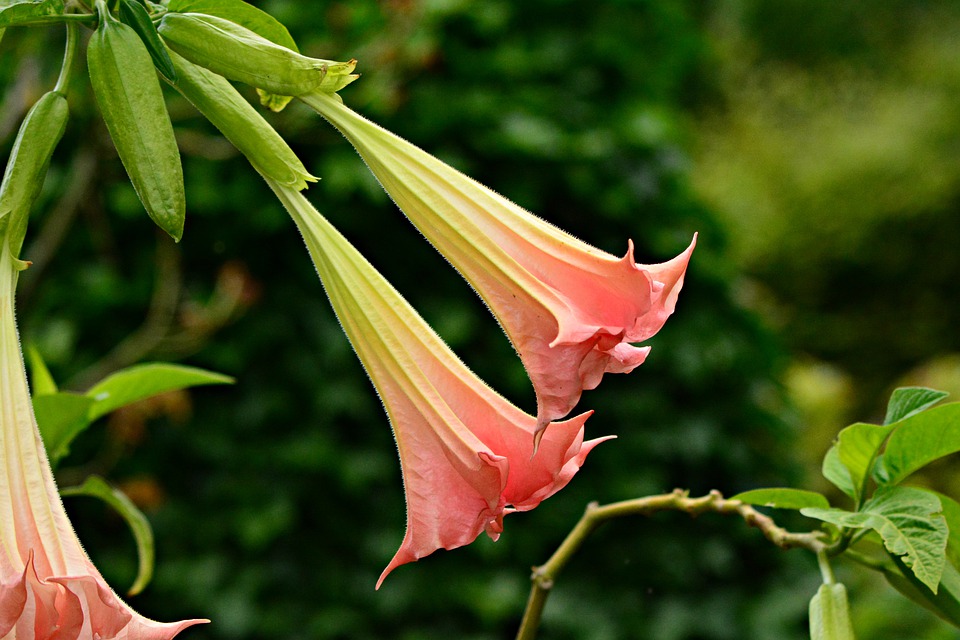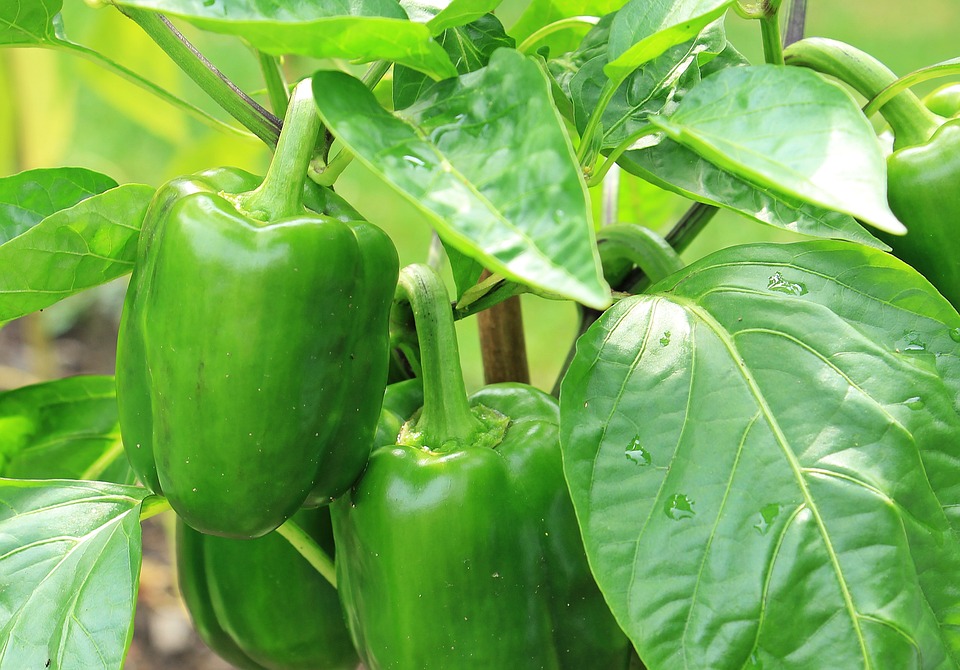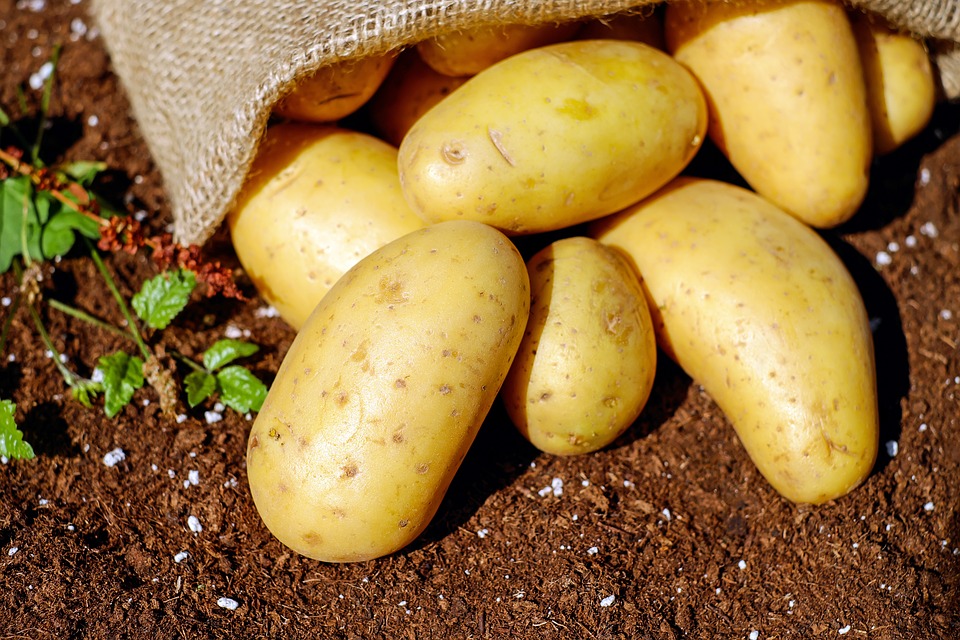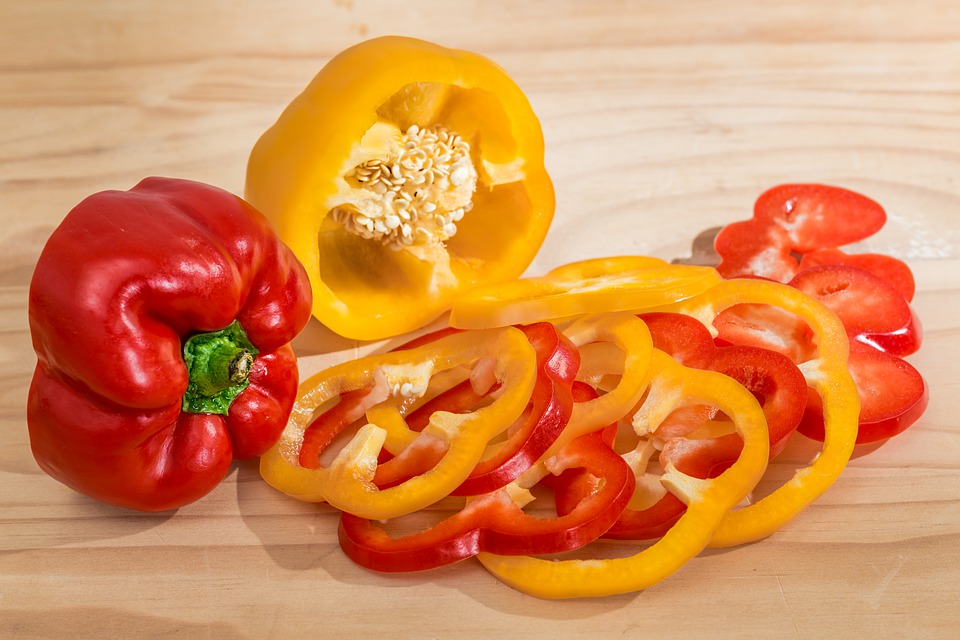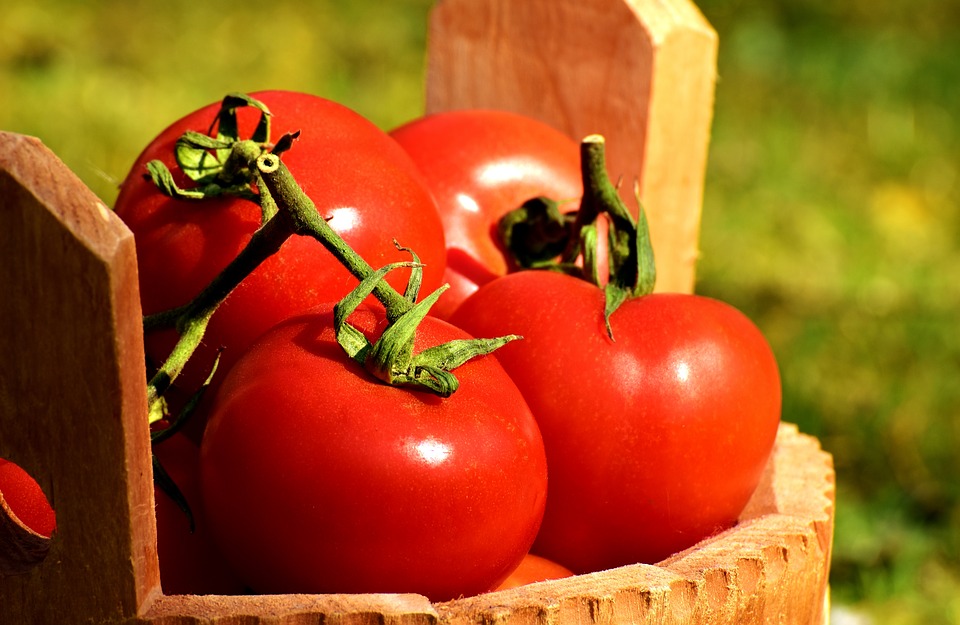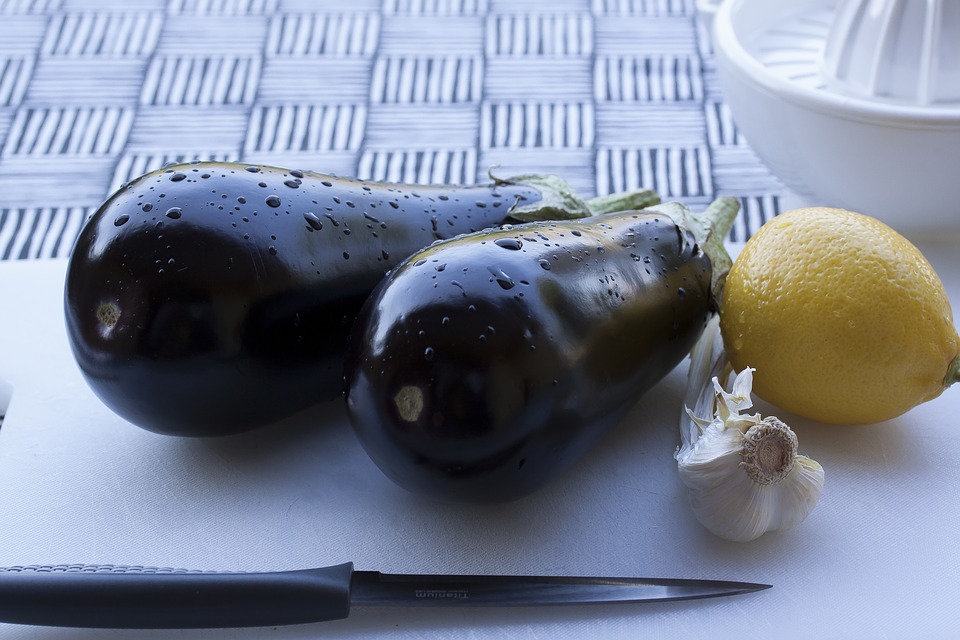The Nightshade Family
And the Myths surrounding this Controversial Species
Something is lingering in the air tonight and the Nightshade Family has come up for discussion. While there seems to be so much myth and controversy surrounding the subject of this plant species, also known as Solanaceae, few of us are even aware or concerned about what it may or may not represent. Some may even be a little superstitious, particularly about the edible family which includes the potato, the tomato, the pepper and the eggplant.
And while there might be some two thousand odd plant species belonging to this so-called deadly nightshade family, also known as Atropa Belladonna, the majority of this family are inedible. Another deadly plant species is one known as the Angel's Trumpet Flower. This flower is by no means an angelic protector as a friend of mine soon found out after ingesting one thinking that it would have some kind of hallucinogenic property. There may be a good reason why Angel's Trumpet points its flower towards the ground. It doesn't want to catch too much of the sun's rays during the day time. It's a nightshade plant.
So we now know a little about the nightshade family of edible vegetables and the deadly nightshade family of plant species that are inedible. But what do we know or care? One unquestionable thing - If we were to become lost in the jungle, we cannot simply go around eating any of the plant species we come across. Some are known to be extremely poisonous.
Anyway, I'm not here so much to discuss the inedible nightshade family as I don't know that much about the various deadly plant species. But I do know a little more about the nightshade food we often eat. So what I'm going to talk to you about is the edible nightshade family and just why these vegetables or fruits are known to be part of this particular family group. And the reason for this is simply because we need to be aware of the food we consume and what it does to our bodies.
Angel's Trumpet Flower
Nightshade Family Myths - Toxins
Now I'm sure you've all heard that toxins are substances created by plants and animals that are poisonous to us and how we need to rid ourselves of these parasites to maintain optimum health.
A lot of us eat food indiscriminately mainly since we have lost our real sense of taste. Yes! That's right. All fast foods and processed foods do a lot of harm to our taste buds and over the years, we simply cannot taste real foods anymore.
The nightshade family of foods has potential toxins that are harmful to humans and while mother nature has a way of protecting themselves from insect damage, it's the toxins found in the green part of vegetables that we need to be a little bit more concerned about. To give you an example: You cannot eat the leafy top part of rhubarb as it is extremely poisonous.
While on the subject of nightshade family myths, I'd like to drop a bombshell if you can call it that. You see nightshade vegetables are in fact fruits. We might eat them as vegetables in salads or as a side dish and not so much as a snack or in a dessert but they are indeed all fruits. And one of the reasons for this is that fruit gets picked or cut from the plant which in turn is then left to continue its cycle. Whereas with vegetables, we eat the entire plant, leaving nothing behind.
There have been reports that toxins in all of these fruits listed here have the potential to cause headaches, convulsions, nausea and vomiting. Some reports even go so far as to say that people with arthritis should avoid eating food associated with the nightshade family due to its inflammatory properties. But all this said and done, you'd have to eat a huge quantity for them to have any serious consequences.
Off subject, I thought I might add. Did you know that as much as we love eating rice, that too contains toxins from mother earth in the form of arsenic? Brown rice is known to have a little more arsenic than white rice and that's mostly because brown rice still has its husk and germ intact. Arsenic is a chemical compound found in water-soaked soil where rice is grown. This is no myth but pure fact.
Green Peppers
Nightshade Family Myths - Potato
There is much to be said about the humble potato, however, the nightshade family myth surrounding this vegetable goes deeper than the ground in which it grows. There are a few things to be aware of when purchasing or handling potatoes. The most important is to never eat green potatoes as they contain a toxin called solanine.
Potatoes often turn green when exposed to light - that's why it's a good idea to store them in a cool dark place. As you can see, potatoes detest sunlight and that's another reason why they belong to the nightshade family. If you have any potatoes that have been stored for some time and you see that they have started to sprout - please do not eat them - they are highly toxic. You should only use sprouted potatoes if you want to reuse them for planting purposes.
And don't ever cut the growths out of potatoes as the collateral damage has already been dead and buried. Rather toss them away immediately. Just remember that your health is a lot more important than eating green or sprouted potatoes.
Okay! So now that this is out of the way, here are a few ways to safeguard yourself when consuming potatoes. Rather than eating just any old potato, choose sweet potatoes instead. Sweet potatoes do not belong to the nightshade family. They belong to the morning glory family. Meaning - They grow during the day and not at night.
They are sweet, they are delicious and they are good for your skin. Not only that, if you're diabetic, sweet potatoes are an excellent alternative. You've got nothing to lose and everything to gain. But if you love the common variety of potatoes that much, I would say that it's safer to buy baby potatoes and leave the rest on the shelf.
Potatoes
Nightshade Family Myths - Peppers
When looking for peppers at your local supermarket or the fresh fruit and veg stores, make sure you choose ones that are either red, yellow, orange or purple. Never purchase green peppers as they have not yet ripened properly. And also because green peppers are immature and are toxic. Green peppers have a much more distinctive and strong flavour, unlike the red, yellow, orange and purple ones which are much sweeter and safer to eat.
Eating the odd green pepper now and again is no cause for concern, however, they are best not eaten at all. You'd be far better off eating the red, yellow, orange and purple ones. Do you ever wonder why green peppers are somewhat cheaper than their colourful cousins? That's because they are picked long before they ripen, eliminating the growing cycle thus making them more plentiful and less expensive.
Bell Peppers
Nightshade Family Myths - Tomato
Well, we all know that green tomatoes tend to taste bitter, so we choose to avoid them and for good reason too - they are toxic and contain glycoalkaloids, a family of chemical compounds derived from alkaloids which have a diverse physiological effect on humans - several of which are potentially dangerous.
Although red tomatoes are said to help eradicate certain types of cancer and also to help keep your skin looking good, in macrobiotic terms, they are considered taboo. One of the reasons for this is because all nightshade family fruits or vegetables grow at night, though some say that they grow in the shade. Get the picture - If you combined night with shade, you'll get nightshade.
All other fruits and vegetables grow during the day when the sun is out. One of the nightshade family myths is that you should never eat fruits or vegetables that grow at night. And the reason for this is simply because we grow at night and we should never eat fruits or vegetables that grow at the same time as our body does. At night we rest and during the day we use energy, so therefore we should only eat fruits and vegetables that grow during the day. I bet you never thought of that?
Tomatoes
Nightshade Family Myths - Eggplant
Eggplant, also known as Aubergine or Brinjal is another member of the nightshade family. Eggplant is the common name given to this edible fruit in North America and Australia, but in England, the name of this fruit is known as the Aubergine. No matter the name, this fruit should not be eaten while it is green because, as with green peppers, they are toxic.
Now, while I don't care much for Aubergine, this fruit or vegetable is part of the staple diet in the Middle East where eggplant, tomatoes and peppers are consumed in abundance. French people on the southern coast make a stewed vegetable dish called Ratatouille, which also supports eggplant as well as a few other nightshade family ingredients.
While they are said to have great medicinal properties, people living on a Macrobiotic Diet, try to avoid these fruits and vegetables. Please note that macrobiotics is not so much a diet but rather a healthy lifestyle. Because once you're committed to it, it stays with you forever. Whereas most diets are considered to be more of a short term thing.
Eggplant
Love Travel Eat Right - Disclaimer
Please take note that the information on this site is designed for educational purposes and is intended solely for a general readership. The contents herein are not intended to offer any personal medical advice or to diagnose any health issues you may have. This information is also by no means a substitute for medical care by a licensed healthcare provider. For that, you'd need to consult your medical doctor or a health care practitioner for any advice should you require prescription medication.
